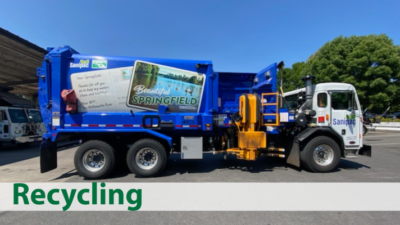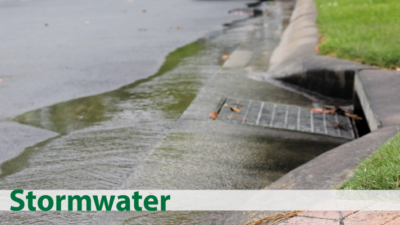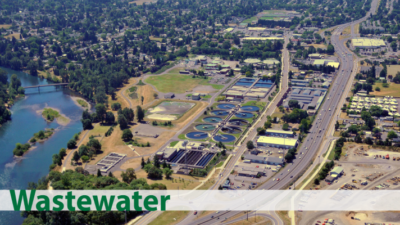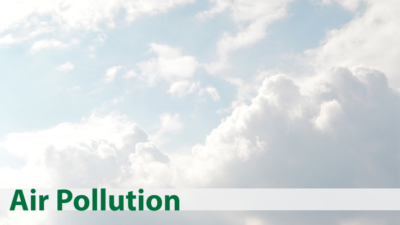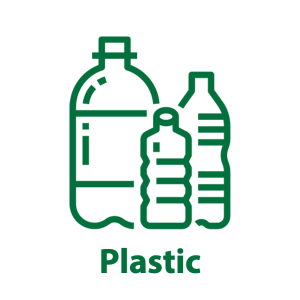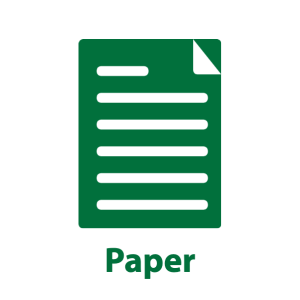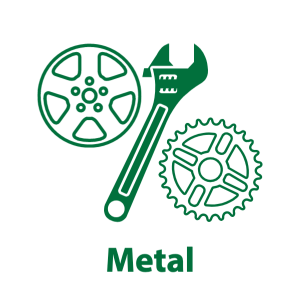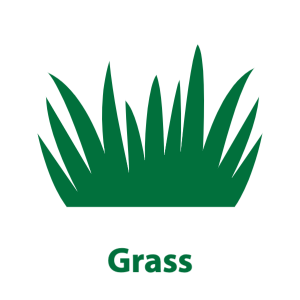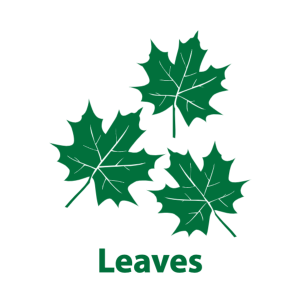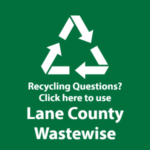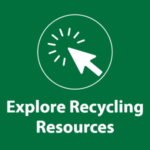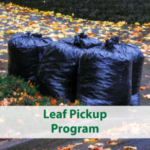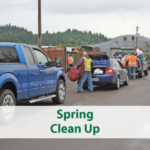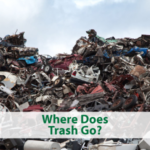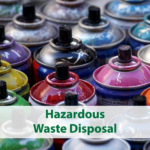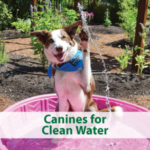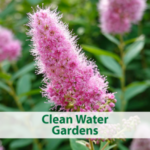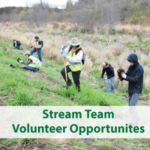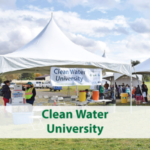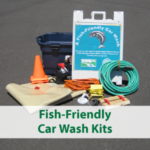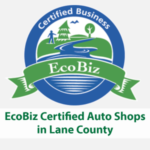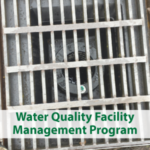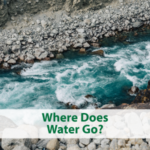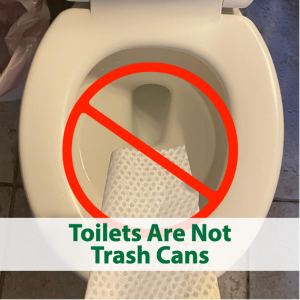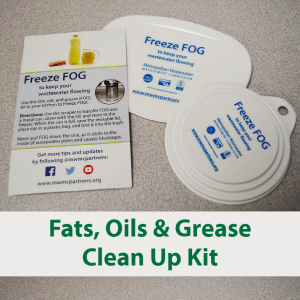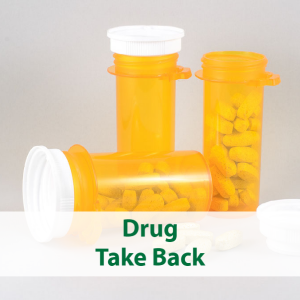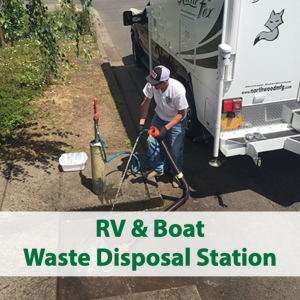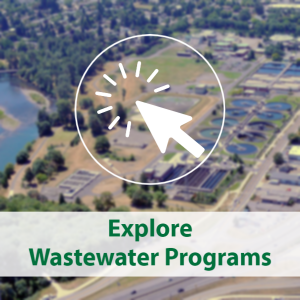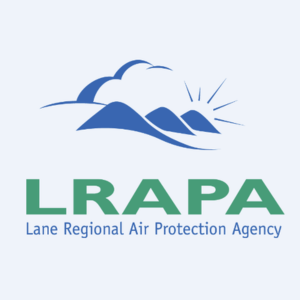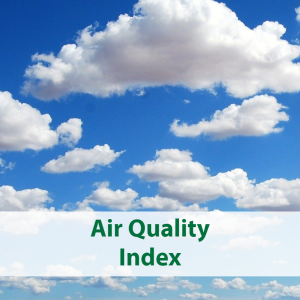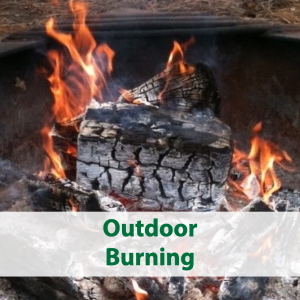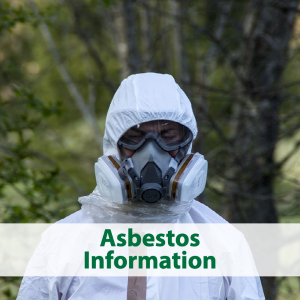Pollution Prevention
The City of Springfield is sharing ways that you can help prevent pollution within our community. Springfield community members rely on the natural resources all around us to keep our families and homes safe, and ensure a prosperous future for our growing City. That’s why the City of Springfield and our partners are committed to preventing land, water, and air pollution to keep Springfield beautiful and protect our community’s health and environment. Explore this page and the links we’ve shared to learn more about our pollution prevention programs and how you can get involved.
Why We Want to Prevent Pollution
Polluted air, waterways, and land can negatively affect our health, hurt our wildlife, reduce the quality of our drinking water, and impact the many opportunities for outdoor recreation that we enjoy. Making the effort to prevent pollution through actions such as recycling, reducing greenhouse emissions from your vehicle, and minimizing the amount of pollutants stormwater runoff is carrying to local waterways, ensures that both humans and wildlife can enjoy a healthy environment in Springfield for many years to come.
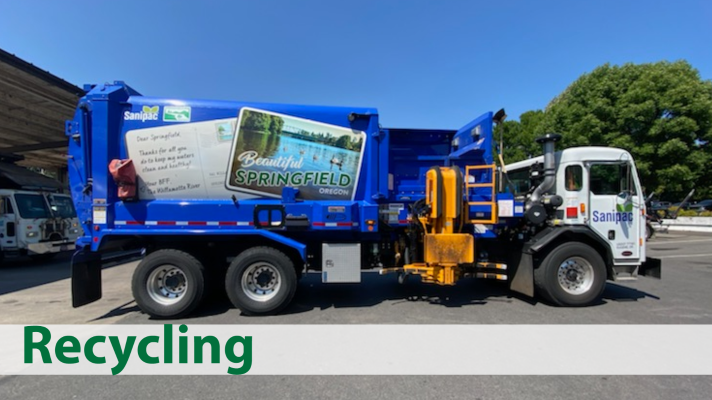
Through our ongoing partnership with Sanipac, the City of Springfield is committed to providing community members with opportunities to recycle and reuse materials that would otherwise be sent to the landfill. Sanipac provides curbside commingle recycling and yard debris collection for Springfield residents in conjunction with garbage service. Learn more at https://www.sanipac.com.
What Can We Recycle?
Learn about more opportunities to recycle within our City here:

The City’s Environmental Services Division oversees Stormwater Management which is an important part of our community’s effort to improve water quality, protect fish habitat, and protect properties and infrastructure from flooding. “Stormwater” refers to runoff from urban areas. Stormwater flows to storm drains, gutters, ditches, swales, or a system of pipes, eventually ending up in the McKenzie or Willamette rivers. Unlike wastewater from indoor plumbing, stormwater is not treated before going into our waterways.
What Can We Do to Prevent Stormwater Pollution?
Here are some resources that can help you become involved in our effort to prevent stormwater pollution.
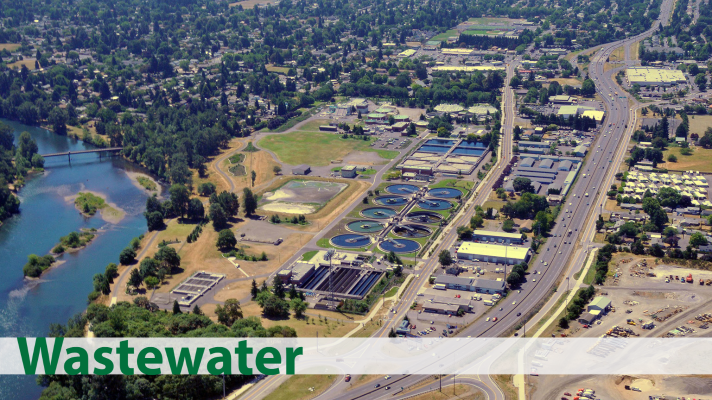
The City’s Environmental Services Division is responsible for providing administrative services to the Metropolitan Wastewater Management Commission (MWMC) that manages and maintains the Eugene-Springfield Regional Wastewater Treatment Facility. For more information on the MWMC, visit http://www.mwmcpartners.org and view the MWMC video series at http://www.youtube.com/c/MWMCPartners.
The City’s Operations Division maintains the wastewater collection system of pipes and pumps within Springfield. To keep our collection system and the regional wastewater treatment facility operating properly, please remember the wastewater system is designed to convey and treat human waste and toilet paper, nothing else.
What Can We Do to Prevent Pollution in the Wastewater Collection System?
Here are some additional resources to help you prevent pollution in our wastewater collection system.
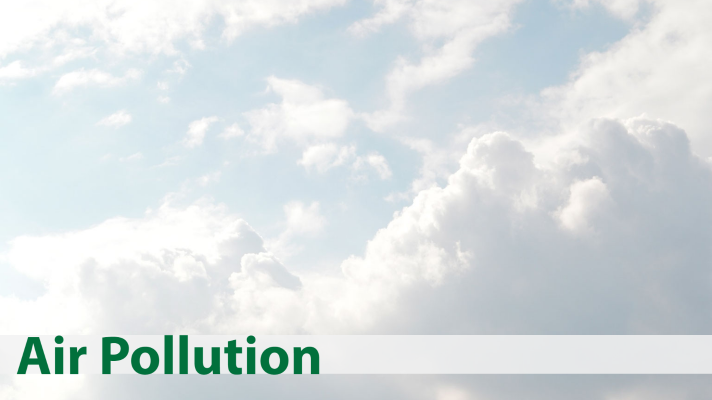
The Lane Regional Air Protection Agency was created in 1968 to achieve and maintain clean air in Lane County, Oregon in a manner consistent with local priorities and goals. With the support of its member entities, which include Lane County and the cities of Eugene, Springfield, Cottage Grove, and Oakridge, LRAPA carries out its mission to protect and enhance air quality through a combination of regulatory and non-regulatory programs and activities. To date, the board consists of four representatives from the City of Eugene, one representative from Lane County, two representatives from the City of Springfield, one representative from the City of Cottage Grove, and one representative from the City of Oakridge.
What Can We Do to Help Maintain Clean Air in Lane County?
Below are some resources to help you learn more about LRAPA and help maintain clean air in Lane County.

